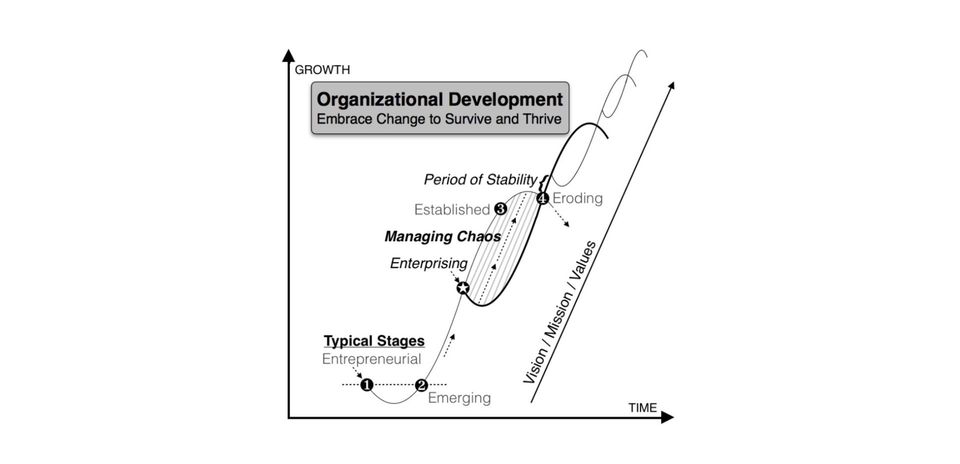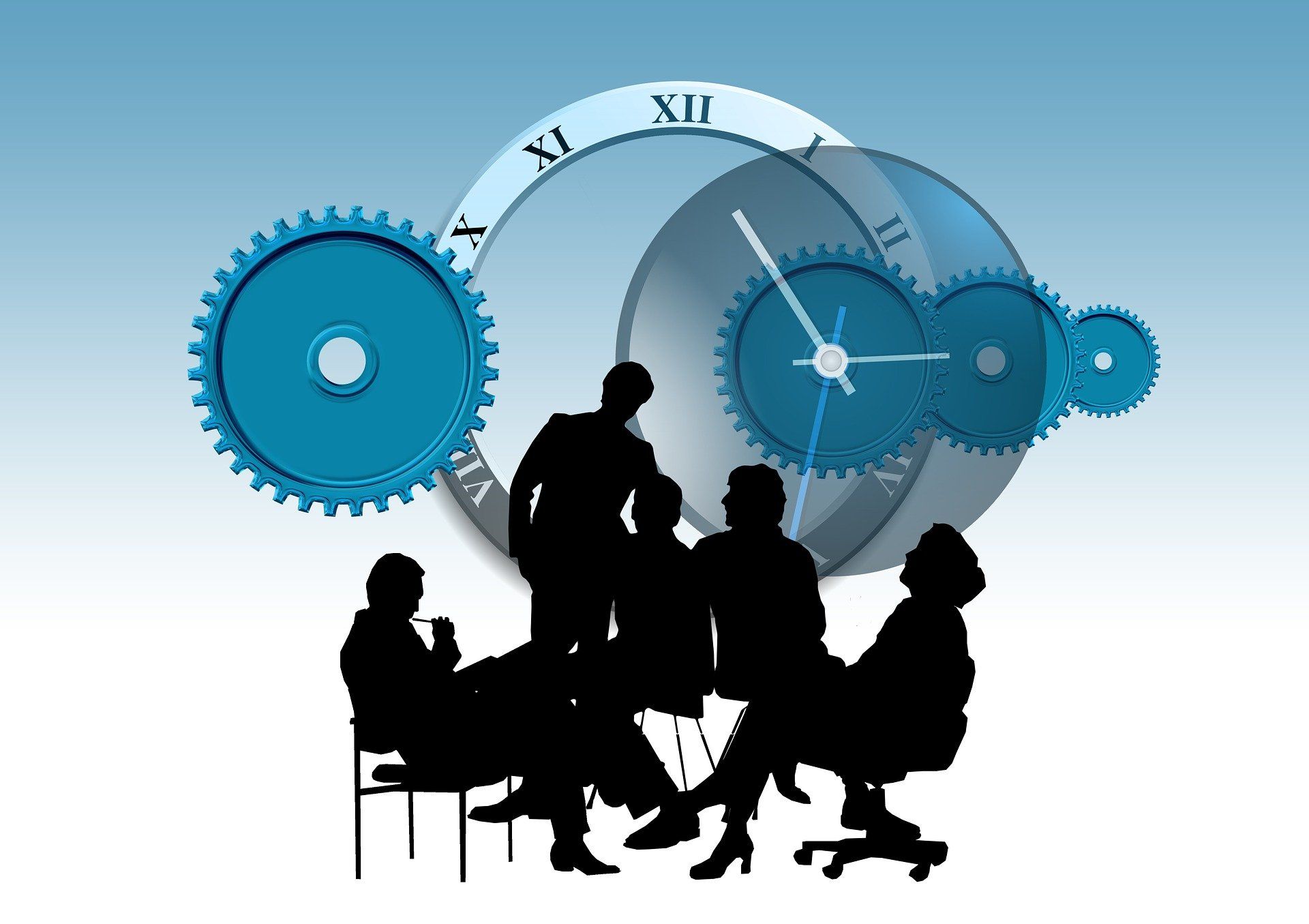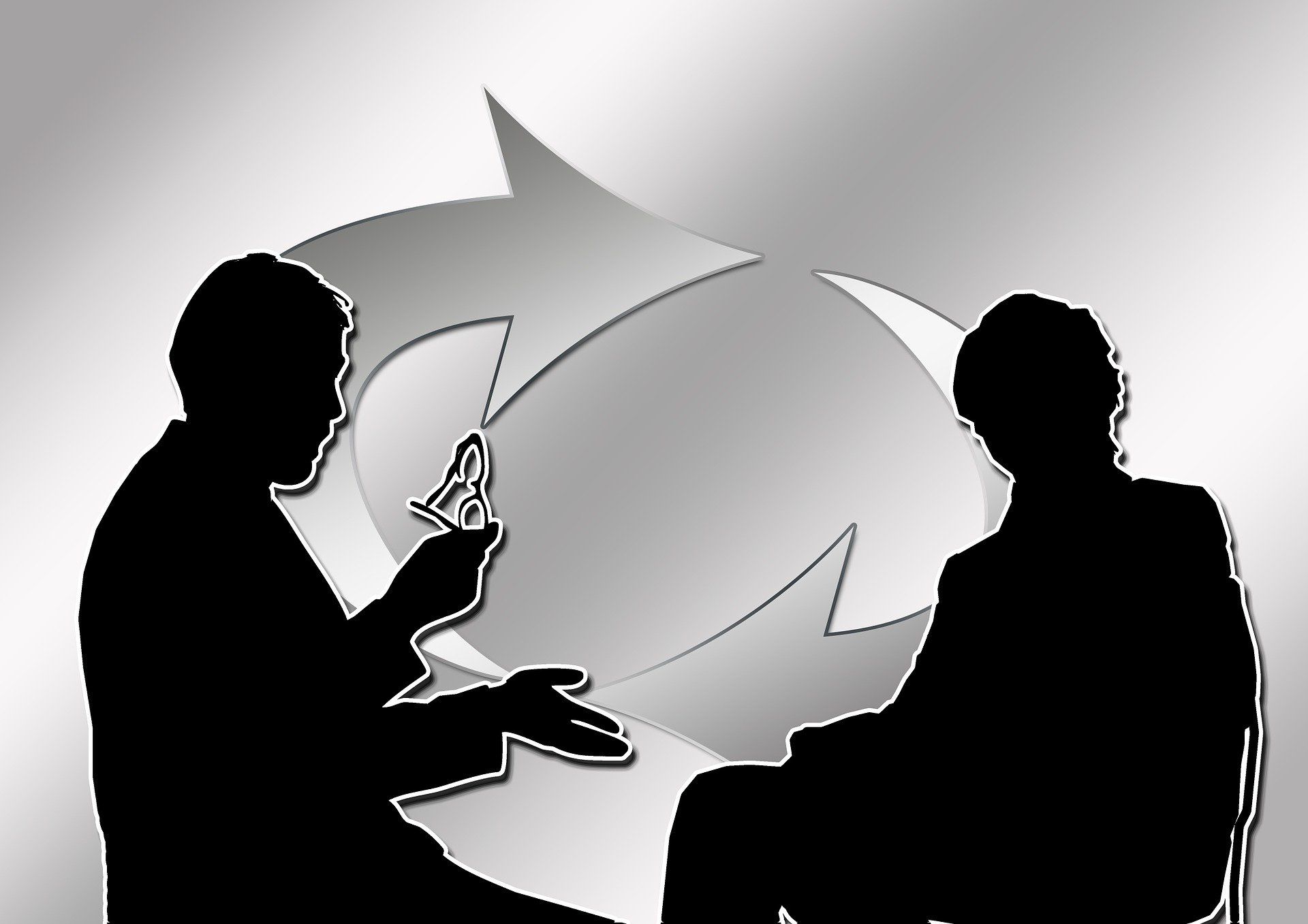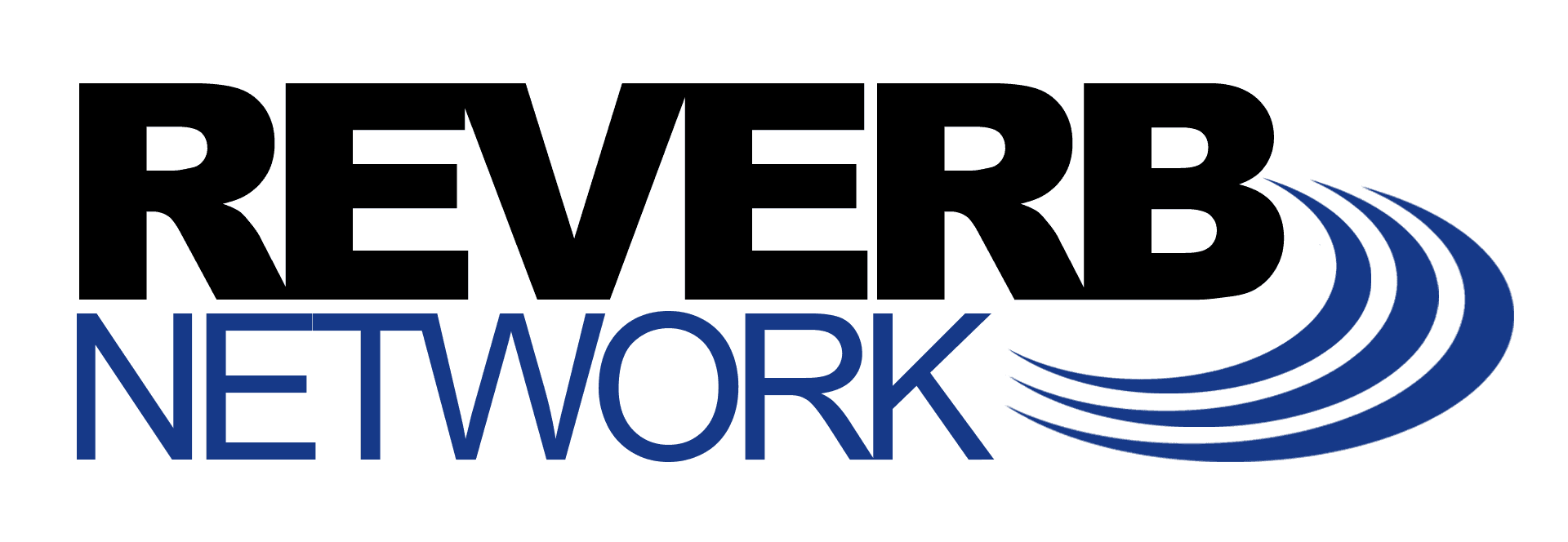Organizational Development: Embracing Change to Survive and Thrive
All organizations begin at the entrepreneurial stage. An idea is birthed into reality and some type of organization forms around it. Certain risks are involved at the beginning of any enterprise and typically entrepreneurs experience a “dip” in success and productivity.
If an organization can make it through the initial stage it emerges to become viable and successful. Systems are generally put in place to ensure quality, efficiency, and longevity (leading to the established stage). Eventually, an organization can move into a final eroding stage if change is not embraced to ensure relevance to the original vision.
To prevent the final eroding stage, great leaders will introduce new systems and products that are in alignment with the original vision while there is momentum. This constitutes an enterprising stage running parallel with the existing system and product line that is headed toward extinction. Leadership will need to work hard at keeping both systems going (managing chaos), dealing with resistance from those who find it difficult to look into the future. Only when the eroding stage begins to occur for the first system will those who initially resisted the new one move over to that which was begun in the enterprising stage.
It’s important to note that by not changing and embracing a new system, an organization can end up changing its core vision, mission, and values. By adapting and changing, however, an organization can stay on track with the original vision.
To survive and thrive, senior leaders need to embrace healthy change and lead their organizations through it. Managing chaos is a real challenge but rewarding in the end. Periods of stability will follow each major change process, but these too may become shorter and shorter as future cultural and technological changes present themselves at an ever-increasing pace.
[Next week we will look at organizational conflict and how to both prevent it and respond to it.]














